Global Positioning System Reference
In-Depth Information
Table 6.8
Worst C/A Line for Each of the 37 Codes
C/A Code
PRN
Number
Worst Line
Frequency
(kHz)
Worst Line
Amplitude
(dB)
C/A Code
PRN
Number
Worst Line
Frequency
(kHz)
Worst Line
Amplitude
(dB)
1
42
20
30
−
22.71
−
22.78
2
263
21
55
−
23.12
−
23.51
3
108
−
22.04
22
12
−
22.12
4
122
−
22.98
23
127
−
23.08
5
23
−
21.53
24
123
−
21.26
6
227
−
21.29
25
151
−
23.78
7
78
−
23.27
26
102
−
23.06
8
66
−
21.50
27
132
−
21.68
9
173
28
203
−
22.09
−
21.73
10
16
29
176
−
22.45
−
22.22
11
123
−
22.64
30
63
−
22.14
12
199
−
22.08
31
72
−
23.13
13
214
−
23.52
32
74
−
23.58
14
120
−
22.01
33
82
−
21.82
15
69
−
21.90
34
55
−
24.13
16
154
−
22.58
35
43
−
21.71
17
138
36
23
−
22.50
−
22.23
18
183
37
55
−
21.40
−
24.13
19
211
−
21.77
If an adaptive antenna array or temporal filter takes the CW interference down
to this thermal noise floor, then (
J
r
)
dB
(
N
ther
)
dB
. Substituting this into (6.26)
and using the minimum received L1 C/A code received power (
S
r
)
dB
=
=
158.5 dBW
give:
( )
()
()
(
)
()
(
)
JS
=
J
−
S
=
N
−
S
= −
1291
.
−
−
1585
.
=
29 4
.
dB
r
r
r
ther
dB
dB
dB
dB
dB
This would not be a problem for most unaided C/A code receiver designs if the
source were wideband noise RF interference or even narrowband RF interference if
the bandwidth were, say, 100 kHz. However, CW interference at this level could
cause problems with the C/A code receiver because of the leak-through phenomena
described earlier [compare 29.4 dB (
J
/
S
)
dB
with the worst-case leak-through levels
shown in Table 6.8]. If the C/A code receiver were a standard correlator design,
then
B
1.7 MHz and the (
J
/
S
)
dB
decreases to 19.9 dB. Thus, increasing the
receiver front-end bandwidth increases the intrinsic vulnerability of C/A code to CW
interference.
A C/A code (Gold code) jammer can also be a problem for this same situation
because temporal side lobes are produced. In both cases, the problem is more serious
during C/A code search and acquisition modes than for tracking modes.
=





Search WWH ::

Custom Search